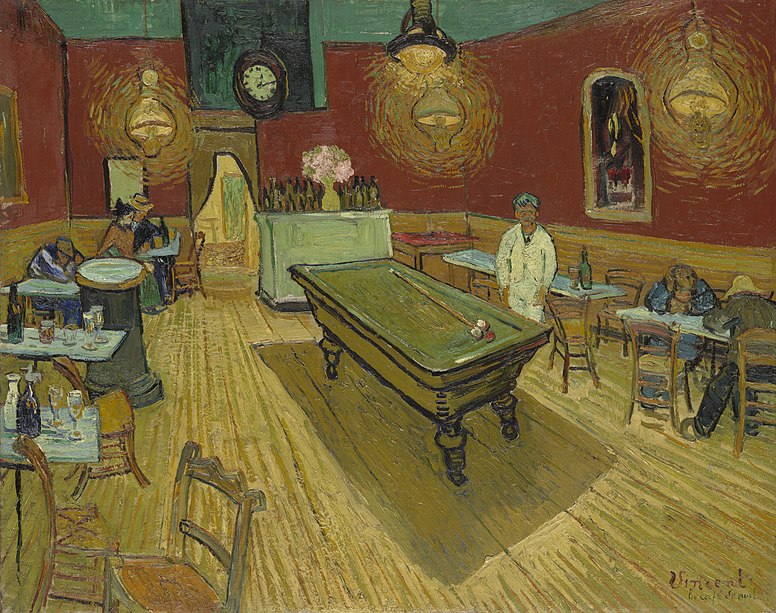
Vincent van Gogh (30 March 1853 – 29 July 1890) was a Dutch post-Impressionist painter whose work had a far-reaching influence on 20th century art for its vivid colors and emotional impact. He suffered from anxiety and increasingly frequent bouts of mental illness throughout his life and died, largely unknown, at the age of 37 from a self-inflicted gunshot wound.
Little appreciated during his lifetime, his fame grew in the years after his death. Today, he is widely regarded as one of history's greatest painters and an important contributor to the foundations of modern art. Van Gogh did not begin painting until his late twenties, and most of his best-known works were produced during his final two years. He produced more than 2,000 artworks, consisting of around 900 paintings and 1,100 drawings and sketches. Today many of his pieces—including his numerous self portraits, landscapes, portraits and sunflowers—are among the world's most recognizable and expensive works of art.
The paintings of Van Gogh have a hallucinatory quality though they represent real objects, real places and real people. In many respects, Van Gogh was a completely new type of artist. For arguably, the first time, the expression of personal temperament took precedence over conventional technical facility. While the Romantic Movement had allowed the priviledge of madness to poets, this was not usually extended to creators working in other media. Yet Van Gogh's chronic depression and his agressive and suicidal impulses came to be recognized as integral to what he painted. He emphasized the essential link between his own flawed temperament and his achievement as an artist in a long series of self-portraits.
Each of Van Gogh paintings thus became a cry of anguish as he struggled to release his violent, frustrated passions. Writhing, flame-like forms and agitated brushwork transmit with almost hallucnatory power, the convulsions of his tormented sensibility and, in such baleful works as 'The Night Cafe'. The state of almost permanent anxiety and sense of instability which threatened to engulf the artist, can be seen reflected in his paintings too. It is painted in disharmonies of red, green and yellow -'to express the terrible passions of humanity'. Van Gogh himself says-
".....the idea that the cafe is a place where one can ruin oneself, go mad or commit a crime. So I have tried to express, as it were, the powers of darkness in a low public house, by soft Louis XV greens and malachite, contrasting with yellow-green and harsh-blue greens, and all this in an atmosphere like the devil's furnace, of pale sulphur...."
No comments:
Post a Comment